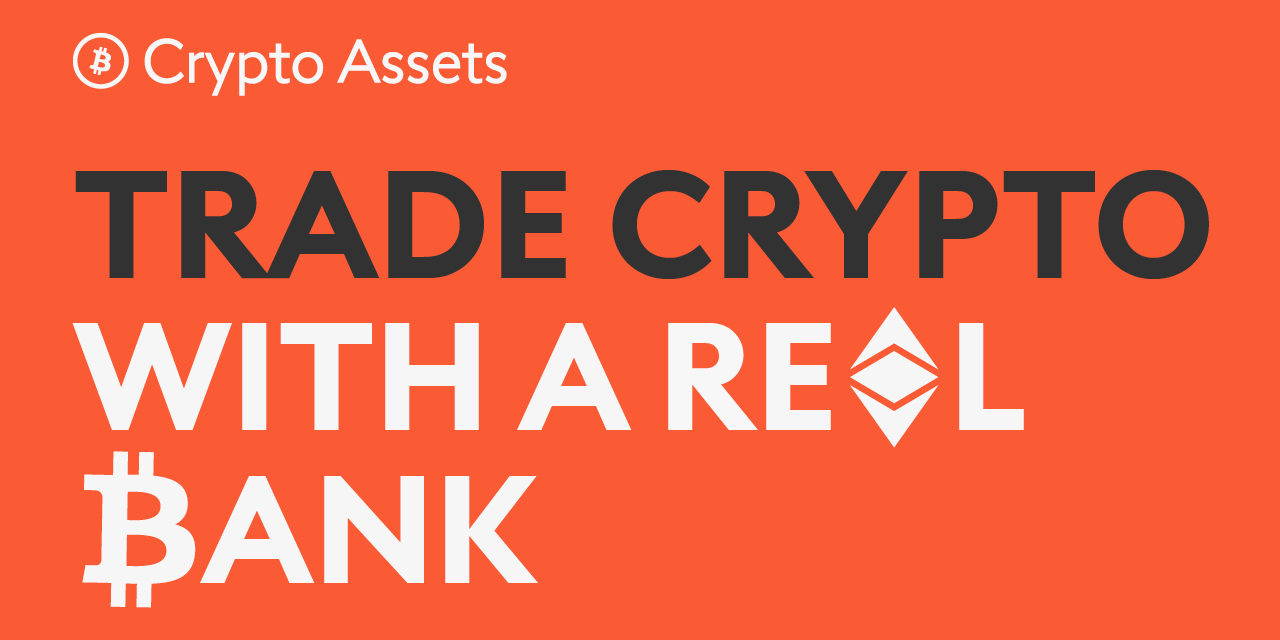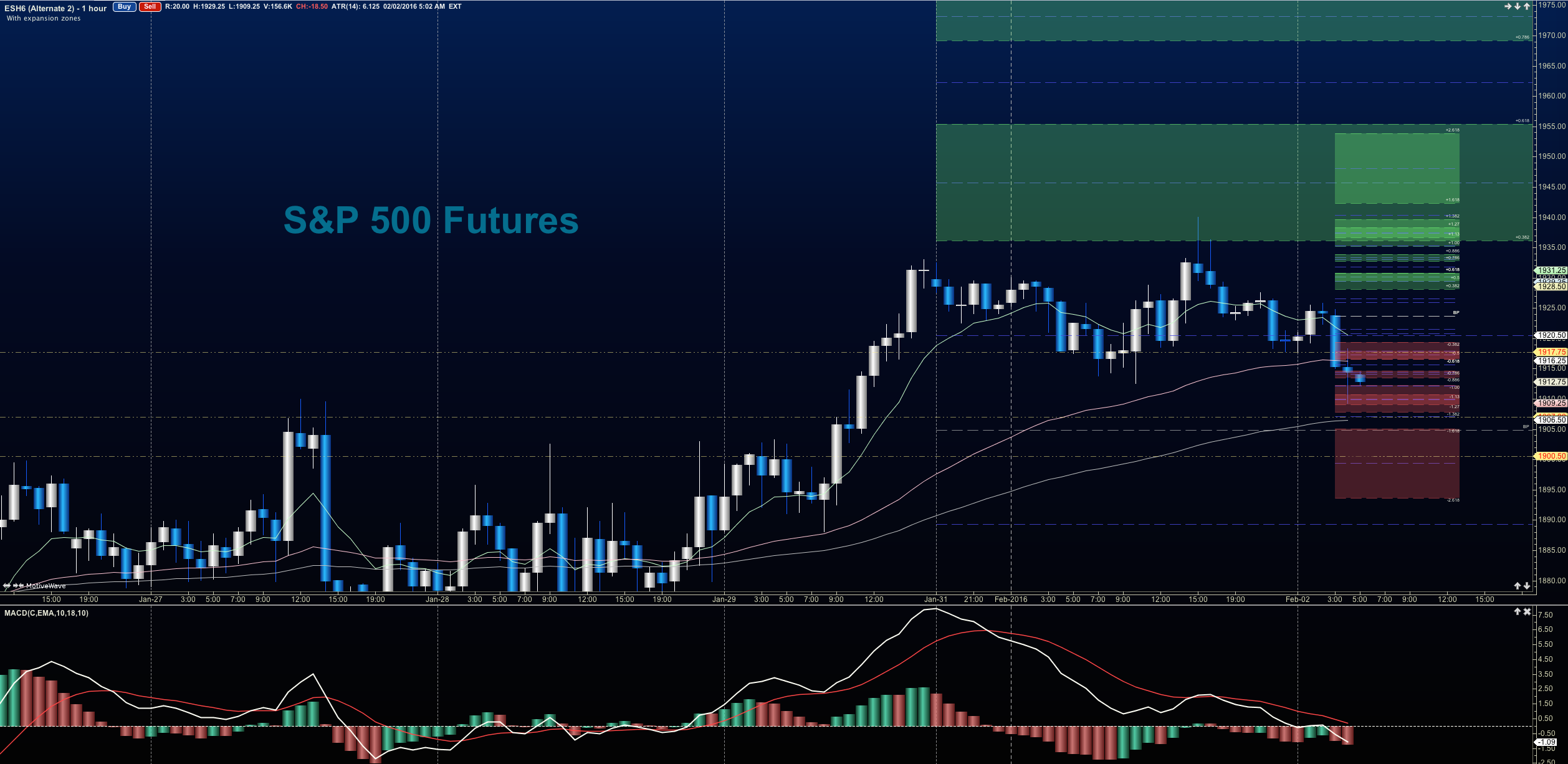The EU's Squeeze: The Impact On European Citizens

Table of Contents
Rising Cost of Living and Inflation
The rising cost of living is arguably the most significant aspect of the EU's Squeeze, impacting households across the socioeconomic spectrum. This pressure stems from a confluence of factors, primarily soaring energy and food prices, compounded by escalating housing costs.
Energy Prices
The sharp increase in energy costs, particularly natural gas, has significantly impacted household budgets. This is due to several interconnected factors:
- Increased reliance on imported energy sources: Europe's dependence on Russian gas, prior to the war in Ukraine, left it vulnerable to price fluctuations and geopolitical instability. The subsequent reduction in supply has driven prices to unprecedented highs.
- The impact of the war in Ukraine on energy supply chains: The conflict disrupted established energy supply routes, exacerbating existing shortages and leading to price spikes. The scramble for alternative energy sources further fueled inflationary pressures.
- Government measures to mitigate the energy crisis: While many EU member states have implemented measures like energy subsidies and price caps, their effectiveness varies significantly, and many are facing budgetary limitations in providing long-term support. The sustainability of these measures remains a key concern.
Food Prices
Soaring food prices represent another critical component of the EU's Squeeze. Factors contributing to this include:
- Impact of climate change on agricultural production: Extreme weather events, such as droughts and floods, have reduced crop yields, impacting food availability and driving up prices.
- The role of global trade and supply chains in food price inflation: Disruptions to global supply chains, caused by factors such as the pandemic and the war in Ukraine, have exacerbated food shortages and increased transportation costs, ultimately affecting consumer prices.
- Measures taken by EU member states to address food insecurity: Various measures, including food banks and targeted subsidies, have been implemented to mitigate food insecurity, but their long-term efficacy remains to be seen.
Housing Costs
A persistent housing crisis across many EU nations adds another layer to the cost of living pressures. This is characterized by:
- Lack of affordable housing options: A shortage of affordable housing, particularly in urban areas, forces many to pay exorbitant rents or face significant challenges in homeownership.
- Rent increases and property price inflation: Demand outstripping supply has led to significant rent increases and rapid property price inflation, making it increasingly difficult for young people and low-income earners to secure decent housing.
- Government policies aimed at improving housing affordability: While some EU member states are implementing policies to increase affordable housing stock, these measures often struggle to keep pace with the growing demand.
Impact on Employment and Wages
The EU's Squeeze also profoundly affects employment and wages, creating significant economic anxieties.
Job Security
Concerns surrounding job security are prevalent across Europe. Several contributing factors include:
- Impact of automation and technological advancements on employment: Automation and technological advancements are transforming the job market, leading to job displacement in certain sectors and requiring workers to adapt to new skills.
- The gig economy and its impact on worker rights and benefits: The rise of the gig economy, while offering flexibility, often lacks the benefits and protections afforded to traditional employment, leading to income insecurity and precarious work conditions.
- The challenges of finding well-paying jobs: Many Europeans struggle to find well-paying jobs that align with their skills and qualifications, particularly in regions with high unemployment rates.
Wage Stagnation
Wage stagnation is another significant concern, exacerbating the cost of living crisis:
- Factors contributing to wage stagnation: Factors such as globalization, technological change, and weak collective bargaining power contribute to slow wage growth.
- The effectiveness of minimum wage policies: While minimum wage policies offer a safety net, their effectiveness in keeping pace with inflation varies greatly across the EU.
- The widening gap between high and low earners: The gap between high and low earners continues to widen, creating further economic inequality and exacerbating social divisions.
Erosion of Public Services
The EU's Squeeze is also manifested in the erosion of public services:
Healthcare
Access to quality healthcare is a growing concern. Issues include:
- Waiting times for medical treatment: Long waiting times for medical treatments and appointments are increasingly common in several EU countries.
- Accessibility of healthcare for vulnerable populations: Vulnerable populations often face significant barriers in accessing quality healthcare.
- The privatization of healthcare services and its consequences: The increasing privatization of healthcare services raises concerns about affordability and equity of access.
Education
Funding cuts impact higher education accessibility:
- Impact of austerity measures on education budgets: Austerity measures have significantly impacted education budgets, leading to reduced funding for universities and schools.
- The rising cost of higher education: The rising cost of higher education, including tuition fees and living expenses, makes it increasingly difficult for many young Europeans to afford university.
- The availability of financial aid for students: The availability and adequacy of financial aid for students vary across the EU, creating inequalities in access to higher education.
Social Welfare
The EU's social safety net faces increasing strain:
- Challenges faced by social welfare systems: Social welfare systems across the EU face increasing challenges in meeting the rising demand for services.
- Impact of austerity measures on social welfare programs: Austerity measures often lead to cuts in social welfare programs, leaving vulnerable populations with reduced support.
- The future of social welfare in the EU: The future of social welfare in the EU is uncertain, as member states grapple with balancing budgetary constraints with the need to protect vulnerable citizens.
Conclusion
The "EU's Squeeze" is a complex challenge with far-reaching consequences for European citizens. Rising costs of living, employment anxieties, and the erosion of public services are creating significant hardships. Understanding the multifaceted nature of the EU's Squeeze is crucial for advocating for policies that alleviate these pressures and improve the lives of Europeans. We urge readers to stay informed, engage in constructive dialogue, and demand action from their elected officials to address this critical issue. Further research into the specific challenges within your region regarding the "EU's Squeeze" is encouraged. Let's work together to ease the EU's Squeeze and build a more equitable and prosperous future for all European citizens.

Featured Posts
-
 Who Pays When Dreams Are Stolen A Restaurant Owners Perspective
May 19, 2025
Who Pays When Dreams Are Stolen A Restaurant Owners Perspective
May 19, 2025 -
 Pedro Pascals Return To The Last Of Us Season 2 Alive After Death
May 19, 2025
Pedro Pascals Return To The Last Of Us Season 2 Alive After Death
May 19, 2025 -
 El Apoyo De La Ciudadania Permite La Declaratoria Para Ana Paola Hall
May 19, 2025
El Apoyo De La Ciudadania Permite La Declaratoria Para Ana Paola Hall
May 19, 2025 -
 Breitbarts Definitive Guide Eurovision 2025 Winners And Losers
May 19, 2025
Breitbarts Definitive Guide Eurovision 2025 Winners And Losers
May 19, 2025 -
 Gencay Trouver Un Logement Au Forum Du Logement
May 19, 2025
Gencay Trouver Un Logement Au Forum Du Logement
May 19, 2025
Latest Posts
-
 Swissquote Bank Trading Update Euro Strength Us Market Weakness
May 19, 2025
Swissquote Bank Trading Update Euro Strength Us Market Weakness
May 19, 2025 -
 Euro And European Futures Surge On Swissquote Bank Usd Futures Decline
May 19, 2025
Euro And European Futures Surge On Swissquote Bank Usd Futures Decline
May 19, 2025 -
 Swissquote Bank Euro And European Futures Rise Us Futures Fall
May 19, 2025
Swissquote Bank Euro And European Futures Rise Us Futures Fall
May 19, 2025 -
 Dalfsen Amber Alert Parents Arrested After Children Rescued
May 19, 2025
Dalfsen Amber Alert Parents Arrested After Children Rescued
May 19, 2025 -
 Biological Parents Arrested Following Dalfsen Amber Alert Child Rescue
May 19, 2025
Biological Parents Arrested Following Dalfsen Amber Alert Child Rescue
May 19, 2025
